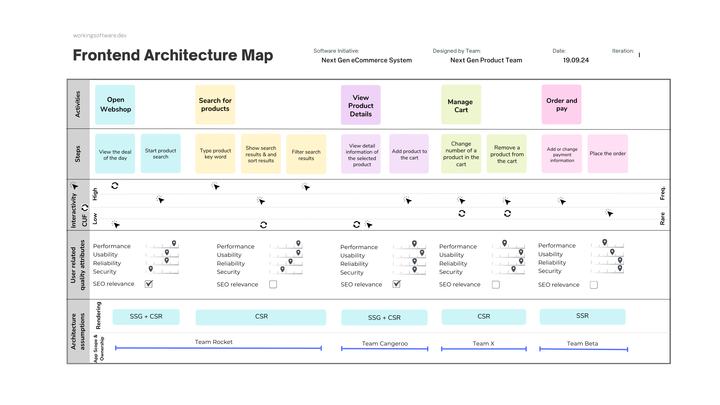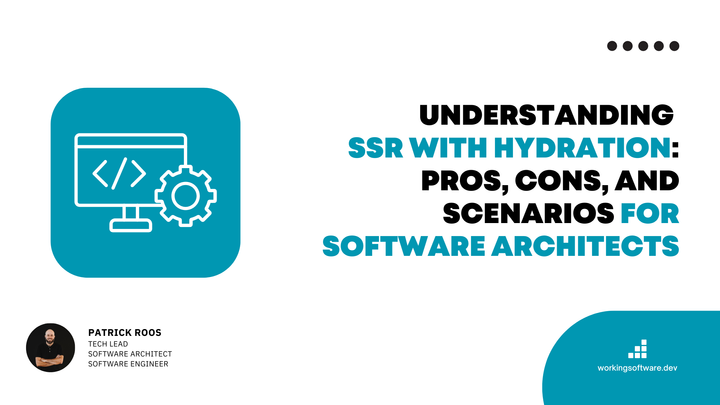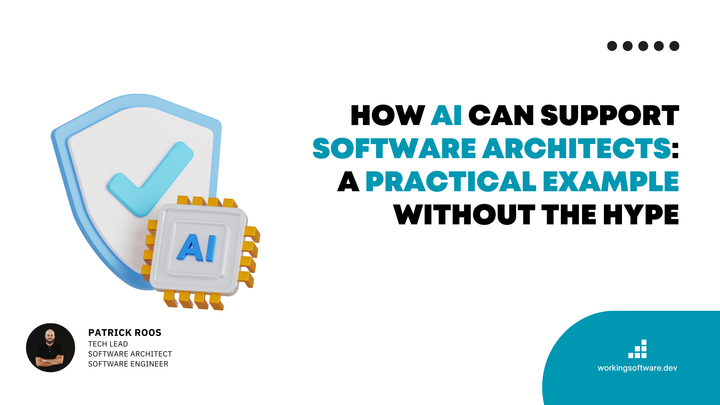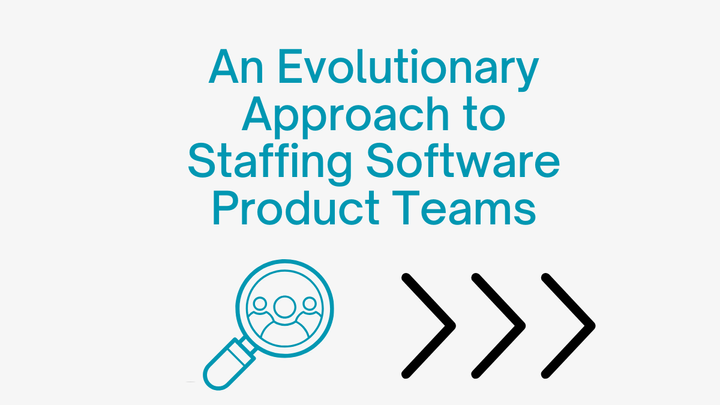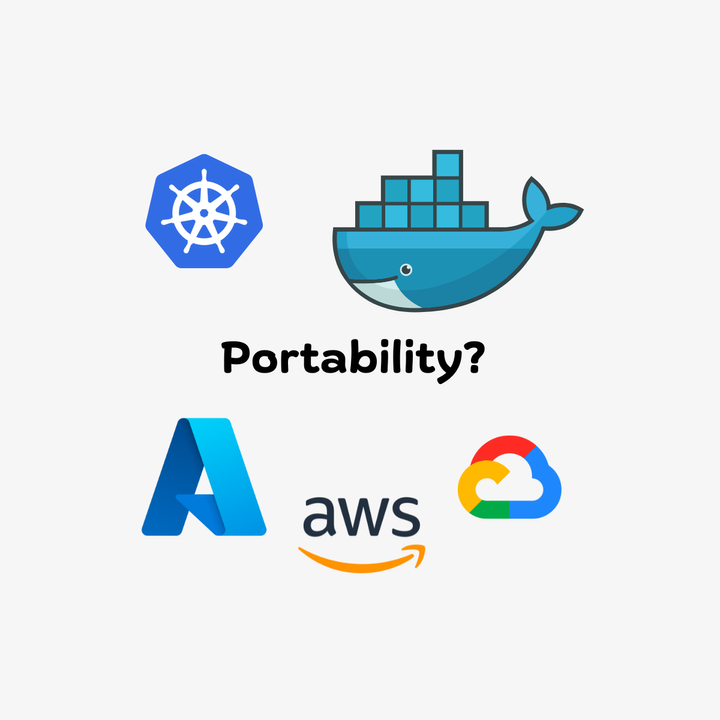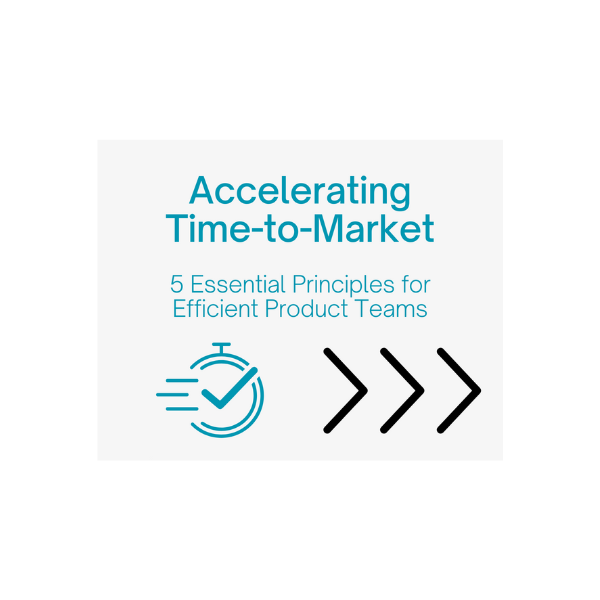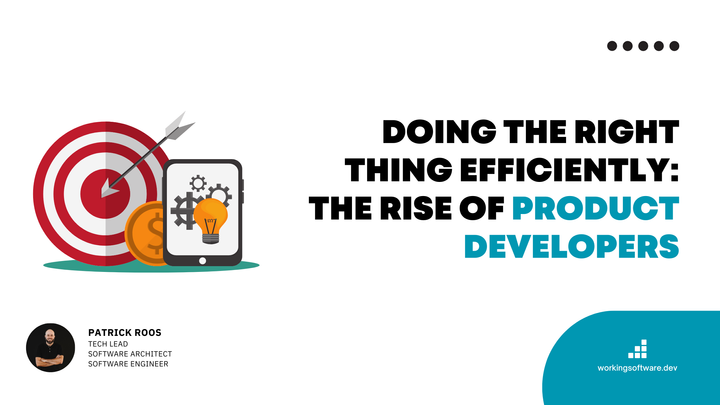
Doing the Right Thing Efficiently: The Rise of Product Developers
In today’s tech landscape, product developers who combine entrepreneurial spirit and software craftsmanship are more important than traditional software developers. They drive true innovation and align their work with business goals to ensure efficiency and faster time to market.
